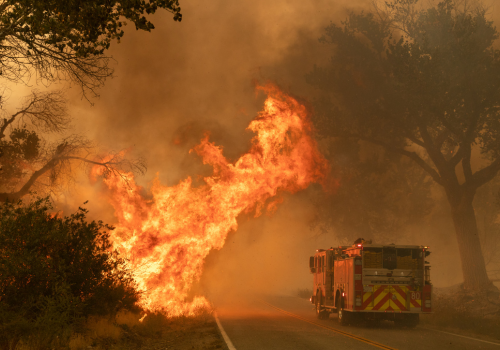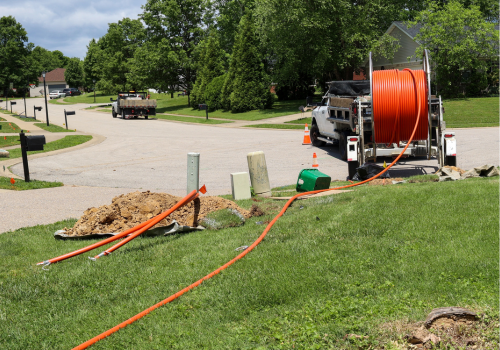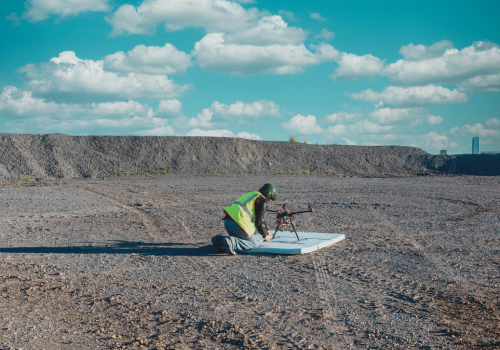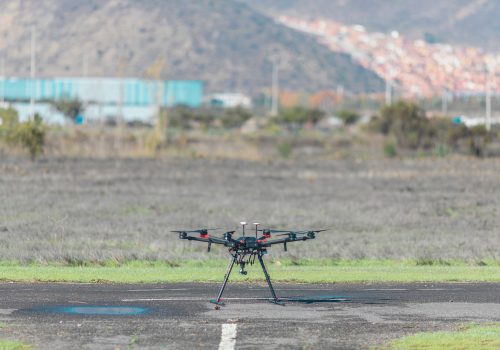As wildfire risk escalates, utilities across the U.S. are rethinking their vegetation management strategies. Dry, overgrown vegetation in contact with power lines has been linked to devastating fires—and the liability is staggering. Pacific Gas and Electric, for example, paid a $13.5 billion settlement to victims of several California wildfires, including the 2018 Camp Fire. Hawaiian Electric paid $1.99 billion after being found liable for the Lahaina Fire.
To avoid similar outcomes, utilities are adapting their practices. Here, two utilities share some of their most effective strategies for reducing wildfire risk.
Avista Utilities: Enhanced Vegetation Management and Community Outreach
For Avista Utilities, which provides power to about 423,000 customers in eastern Washington and northern Idaho, recent catastrophic wildfires underscored the need to strengthen wildfire resilience.
“We also had two really large, impactful incidents in our backyard that bolstered our belief that wildfire resilience was something that we were 100% committed to,” says Matt Ugaldea, Manager of Avista’s Wildfire Resiliency Program.
Stronger Inspection Cycles
In 2020, Avista published its first wildfire resiliency plan. A cornerstone of the plan is enhanced vegetation management.
- Routine inspections of 20% of the system each year on a five-year cycle
- Annual inspections across 100% of transmission and non-urban distribution systems
- Focus on removing 100% of identified risk trees (dead, diseased, declining, or dying) within six months
Tree contacts with power lines are categorized as:
- Grow-in risk: Vegetation encroaching into lines
- Fall-in risk: Trees falling into lines
Using Technology to Identify Risks
Avista employs Light Detection and Ranging (LiDAR) to assess transmission lines with high precision, detecting clearance issues ground crews might miss. On the distribution system, satellite data supports change detection and broader geospatial insights.
“By employing LiDAR and satellite technologies, we can be more efficient with our on-the-ground resources,” says Ugaldea. “Qualified, trained professionals still make the final call on whether a tree needs to be removed or trimmed.”
Results:
- 22,000+ risk trees removed in 2023 (double the number from 2020)
- Tree-related outages fell from 438 in 2022 to 280 in 2023, reducing ignition risks and improving reliability
Engaging Customers Through Outreach
Avista extends wildfire prevention efforts beyond its rights-of-way.
- Safe Tree Program: Helps customers in high fire-risk areas remove incompatible vegetation near power lines, provides debris cleanup, and replaces trees with low-growing alternatives at no cost. In 2023, 1,365 trees were removed and 477 replaced.
- Right Tree, Right Place Program: Educates customers about planting safe species near electric lines to prevent future removals.
“Anytime you can remove a threat from your system, you’re decreasing the likelihood of a utility spark ignition event, and that is a really sound investment,” says Ugaldea.
Arizona Public Service: Data-Driven Integrated Vegetation Management
Arizona Public Service (APS), which serves 1.4 million customers across 11 of Arizona’s 15 counties, faces unique wildfire challenges due to its diverse service territory of deserts, grasslands, forests, and urban areas.
According to Andrew Rable, Manager of Forestry and Resource Management at APS, wildfire risk is no longer confined to high-elevation forests. In recent years, **fine flashy fuels—grasses and shrubs that ignite and spread fire quickly—**have become increasingly vulnerable in the wildland-urban interface.
A Four-Pillar Approach
APS employs a holistic vegetation management strategy built on four pillars:
- Safety
- Reliability
- Risk management
- Customer experience
“We have one of the most robust integrated vegetation management (IVM) programs in the West,” says Rable.
IVM programs are tailored to each region, developed in partnership with the U.S. Forest Service, Bureau of Land Management, wildfire experts, and local communities.
Year-Round Preventative Maintenance
APS crews focus on:
- Herbicide treatments
- Pruning and vegetation removal inside and outside rights-of-way
- Creating defensible space around equipment poles and substations
- Using drones for inspections
Leveraging a Mobile Vegetation Management Platform
A key APS tool is its mobile vegetation management (MVM) platform, which:
- Notifies customers about planned work
- Allows inspectors and planners to capture field data with images
- Helps contractors schedule and document work
- Provides quality control staff with audit capabilities
“That system of record is also how we determine our best management practices in terms of cycle timing and how much work we can anticipate in any given year,” says Rable. “Good historic data helps in the risk-based decision-making process.”
Building Public Support
“Public education and outreach are critical components to the success of our vegetation management program,” says Rable.
Through community events, APS encourages property owners to create defensible space around their homes. When customers understand the importance of wildfire resilience, they are more supportive of utility vegetation management in their area.
Conclusion: A Shared Responsibility
As wildfire threats grow nationwide, utilities are learning that traditional vegetation management is no longer enough. Success now depends on:
- Leveraging advanced technologies like LiDAR, satellites, drones, and data platforms
- Implementing proactive, year-round maintenance programs
- Building trust through public education and customer outreach
For utilities across the country, evolving vegetation management practices are no longer optional—they are critical investments in resilience that protect both communities and the grid.
Learn More at The Utility Expo
Want to learn more? Attend The Utility Expo 2025 October 7-9 in Louisville, Kentucky, and enroll in the session Advancing Vegetation Management with Cutting-Edge Technologies and Equipment to explore the latest tools, strategies, and best practices shaping the future of wildfire resilience.
See the full list of companies that will be exhibiting at The Utility Expo 2025: Exhibitor Directory.
Subscribe to The Utility Expo monthly newsletter to receive more industry insights like this.
Read Next
The Latest Innovations in Equipment for Vegetation Management












